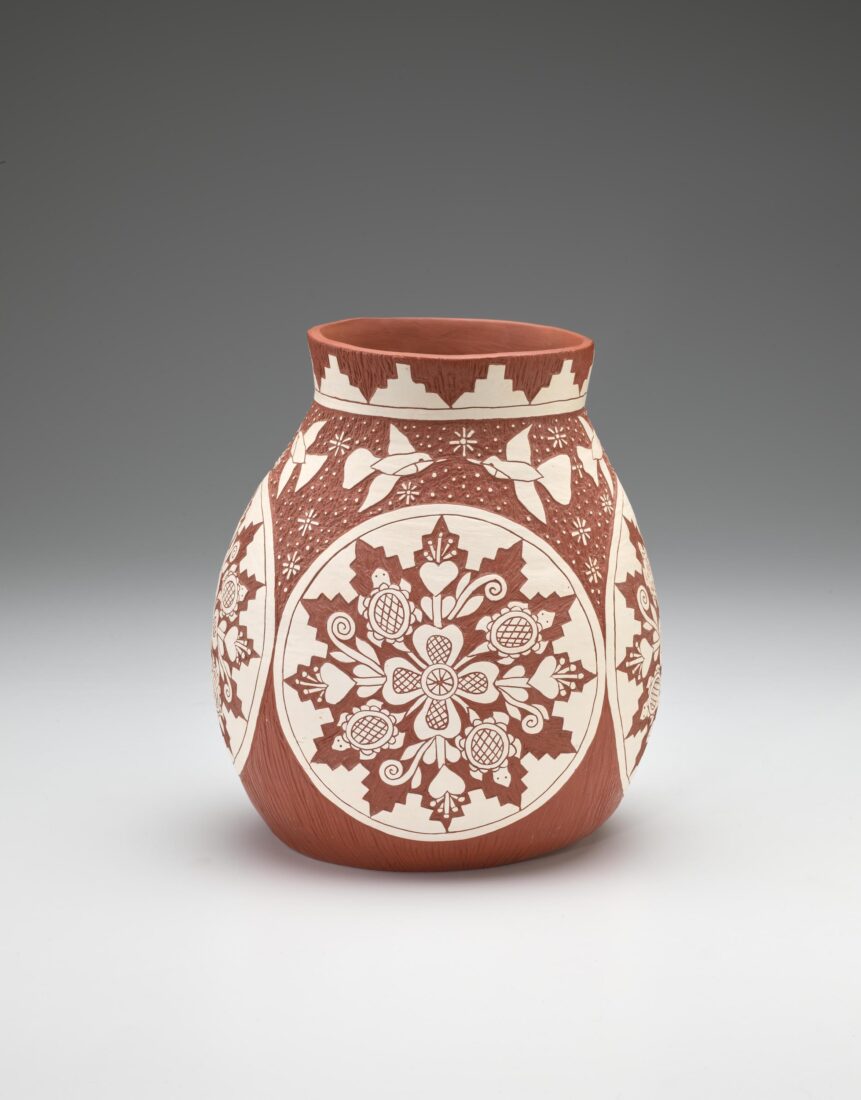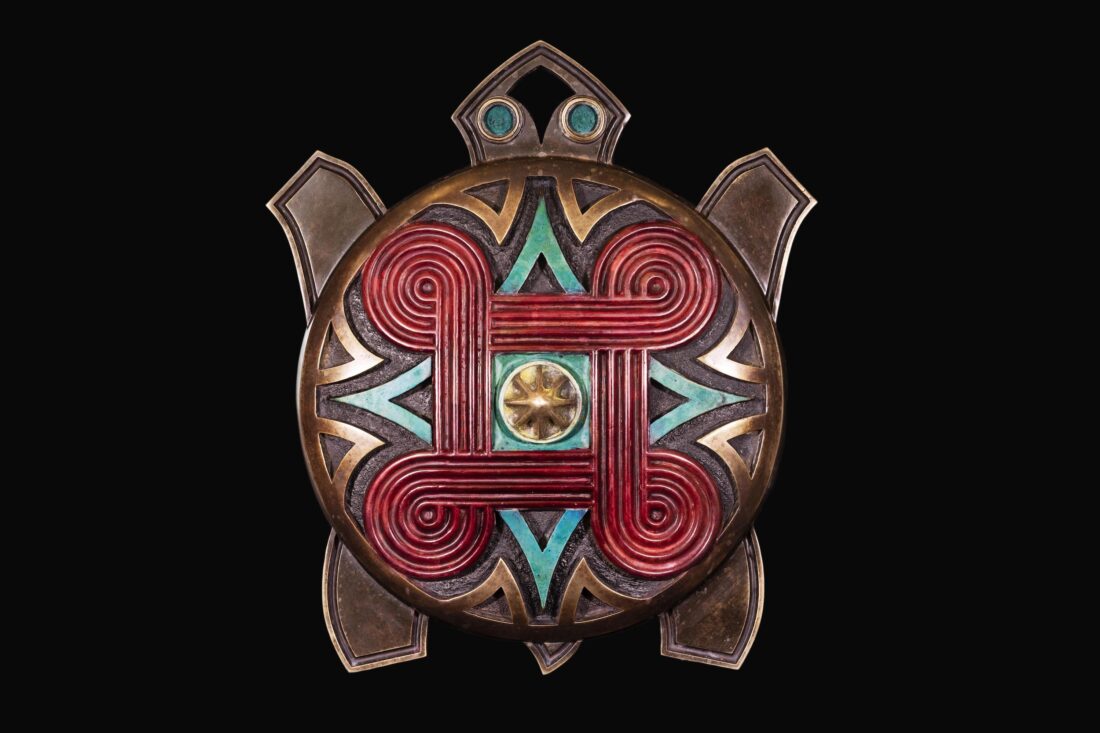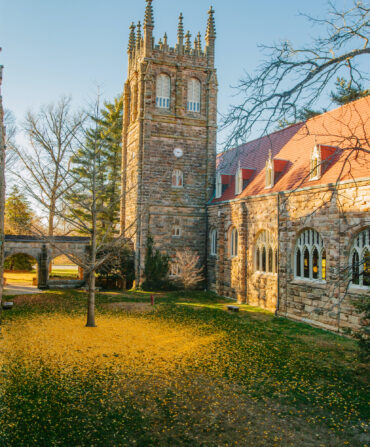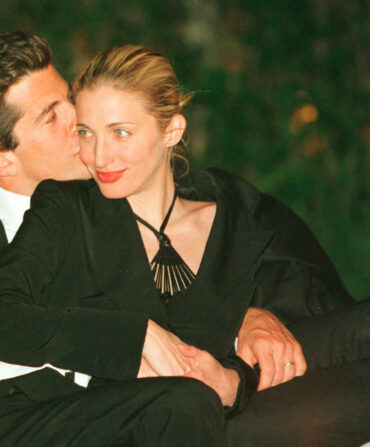When Nancy Strickland Fields saw the flawless craftsmanship of an AD 700 pot discovered at Town Creek Indian Mound in Mount Gilead, North Carolina, she sat in awe of its creator. “It was just so perfect, and I felt that the artist stepped forward and I could see her,” recalls the member of the Lumbee Tribe and director of the Museum of the Southeast American Indian in Pembroke. Fields knew then and there what she wanted to do for an exhibition she had been invited to guest-curate at the North Carolina Museum of Art in Raleigh. It would center around three-dimensional works, like this pot, that captured the story and spirit of Native identity.

Over the next year and a half, she gathered contemporary pieces for the exhibition, calling upon a diverse cast of seventy-six artists, including celebrated sculptors Roxanne Swentzell and Virgil Ortiz and legendary textile weaver Margaret Roach Wheeler, plus local Southeastern artists working in various mediums. The result—titled To Take Shape and Meaning: Form and Design in Contemporary American Indian Art—runs through July 28 in Raleigh.

Over fifty tribes are represented in the exhibition, and thematically, the pieces tackle everything from Native origin stories to contemporary fashion. North Carolinian Harlen Chavis re-created the deity Bird Man in copper, inspired by a rendering of the warrior found on a gorget at Oklahoma’s Spiro Mounds. Caddo artist Raven Halfmoon contributed a huge, two-toned sculpture titled “Soku and Nish,” or Sun and Moon. Jeremy Frey fashioned an intricate beaded basket in the shape of a snowy owl, a messenger for his tribe, the Passamaquoddy. Cherokee artist Laura Walkingstick fashioned corn husk dolls, believed to protect the home, livestock, and personal wellness. Potter Kathleen Wall, who has Jemez and Chippewa ancestry, created a clay figurine portrait of her daughter that celebrates multiplicity of identity. “She’s wearing a traditional Pueblo manta dress, a Southeastern belt sash, and holds two Cherokee baskets,” Fields says. “It makes you consider what it means to be Indian today, when Native peoples might be members of multiple tribes and embody multiple identities.”


Fields invites everyone—both Native and non-Native—to come and engage with the art. “I hope the exhibition shows who we are and that we are still here, we are diverse, and we have so many stories to tell,” she says. “The range of art, from basketry to ceramics to mixed media, shows the commanding breadth of art from Native America…it is not only Native American art, it’s American art.”
The three-dimensional aspect of all of the pieces, whether they’re baskets or stiletto heels, lends the show a special force. “For Native peoples, when we give something shape, we give it meaning and it takes on a life,” Fields explains. “That means this exhibition is alive.”








